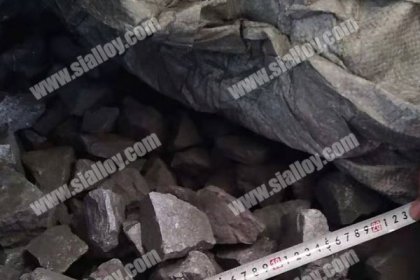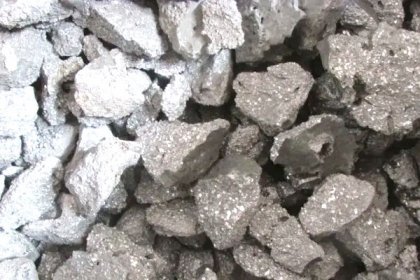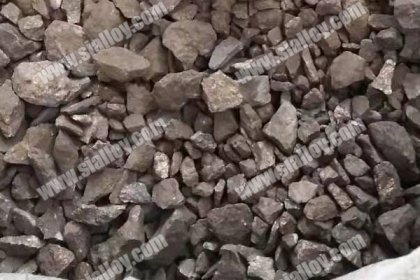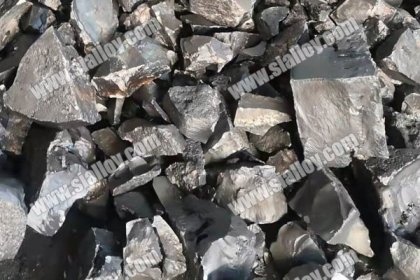steelmaking process in convert ladle
Firstly, according to the situation of the converter, a slag adjuster is added to adjust the composition of the slag, and the furnace body is repaired, the residual furnace is poured, and then the tap hole is blocked. After loading the scrap steel and adding molten iron, the furnace body is reset. While lowering the oxygen lance, add the first batch of slag materials from the auxiliary material chute above the furnace mouth, including dolomite, lime, fluorite, iron sheet, and iron ore used as a coolant. The amount added is about two-thirds of the total weight of the slag. Smelting officially begins. When the oxygen stream contacts the surface of the molten pool, silicon, manganese, and carbon begin to oxidize, which is called ignition. About a few minutes after ignition, slag formed and covered the surface of the molten pool. With the oxidation of silicon, manganese, phosphorus, and carbon, which were provided by ferrosilicon, silicon manganese or silicon carbide, the temperature of the molten pool gradually increases, the brightness of the flame increases, the slag bubbles, and small iron particles splash out from the furnace mouth. At this time, the height of the oxygen lance should be lowered.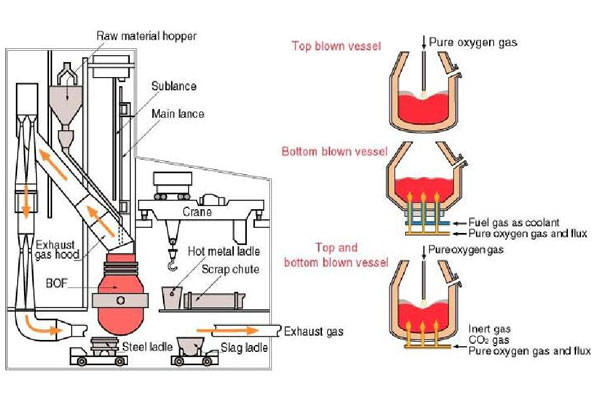
In the middle of converting, the decarburization reaction is fierce, and the iron oxide content in the slag is reduced, which increases the melting point and viscosity of the slag, and may cause excessive viscosity. At this time, the height of the oxygen lance should be appropriately increased, and iron ore and iron ore can be added in batches. The second batch of slag materials to increase the iron oxide content and adjust the slag performance. If the slagging situation in the furnace is still not good, continue to add the third batch of fluorite slag material, and the addition amount should be determined according to the slagging situation. At the end of converting, the carbon content of the metal is greatly reduced, the decarburization reaction weakens, the flame becomes shorter, and the color is transparent. According to the flame conditions, the number and time of feeding and other factors, according to the composition and temperature requirements of the steel grade, determine the end time of blowing, and stop the oxygen supply from the oxygen lance, then measure the temperature and take samples. According to the analysis results of the samples, the timing of tapping or continuing processing is determined.
Finally, when the composition and temperature of the molten steel are qualified, the tapping port is opened, and the furnace is reversed to stop the slag tapping. When a quarter of the total amount of molten steel flows out, ferroalloy is added to the ladle for deoxidation and alloying. According to different steel grades, ferrosilicon, ferromanganese, silicon carbide and other materials can be added. After dumping the slag, continue to organize the charging and prepare for the next steelmaking.
 中文
中文
